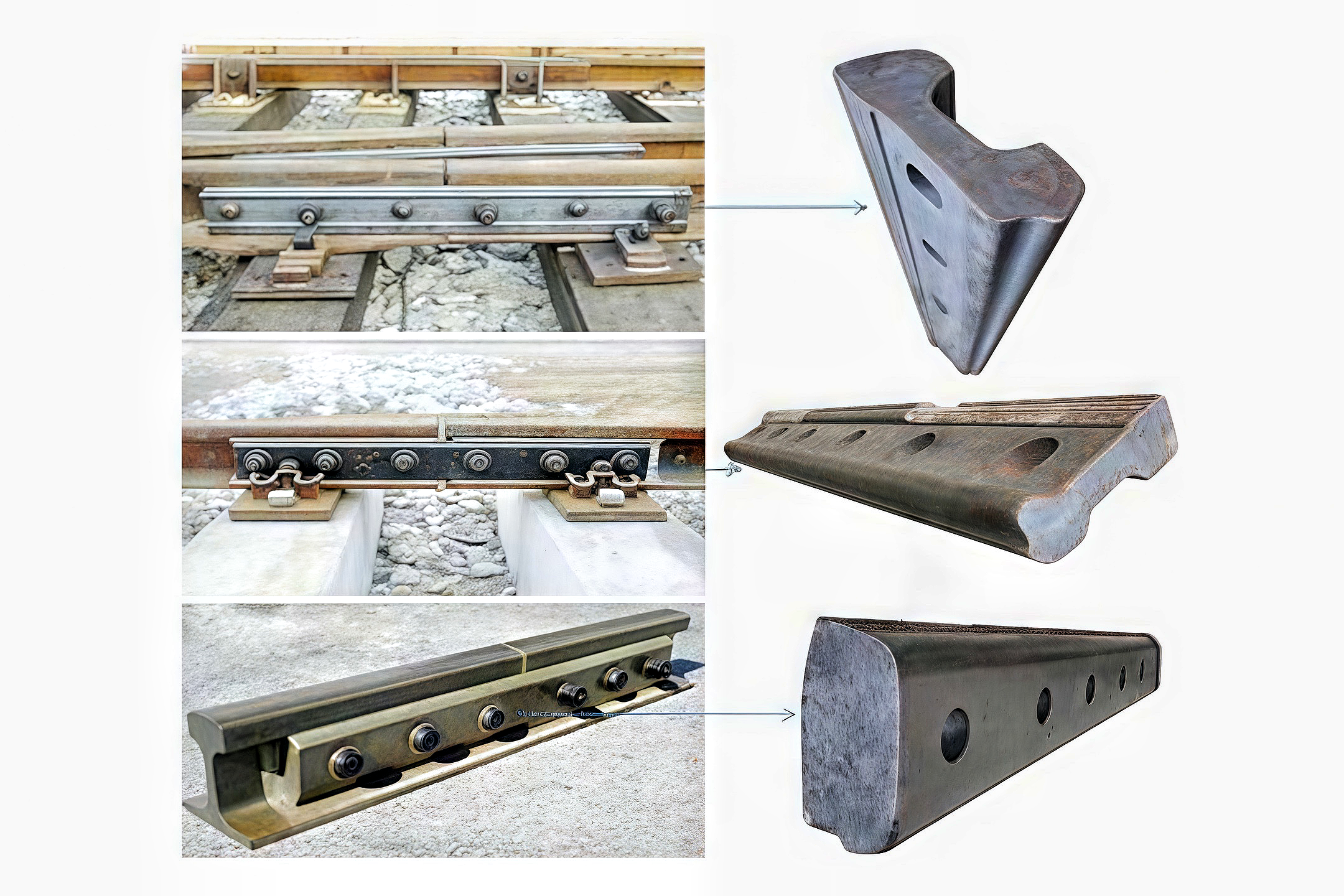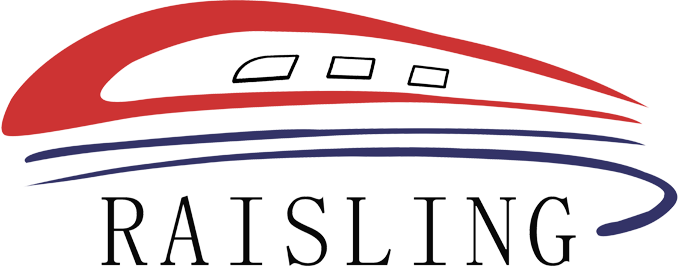-
ProductsAt present, the company has the ability to produce 50000 tons of rail buckle accessories annually. The product series includes various specifications of spring bars Gauge baffles, switch special pads, joint clamps for 43kg, 50kg, 60kg steel rails, various export products, etc

-

-
AboutThe company was established in 1994 and is a production enterprise specializing in the research and development, production, and sales of railway line specific accessories

Understanding Rail Fish Plates: Essential Components of Track Integrity
Jul 23,2025
Rail fish plates, also known as rail joint bars, are integral components in the framework of railway track systems. These metal bars are used to connect two sections of rail, ensuring a smooth and continuous path for trains. The importance of rail fish plates cannot be overstated; they are essential for maintaining track integrity, which directly impacts the safety and efficiency of rail transport

Typically made from high-strength steel, rail fish plates come in various designs to accommodate different rail sizes and types. The primary function of a fish plate is to provide a solid connection between rail segments, minimizing the possibility of misalignment or separation due to stress, temperature changes, or vibrations caused by passing trains. This alignment is crucial in preventing derailments, which can have catastrophic consequences.
In addition to providing structural support, rail fish plates also help distribute the weight of the trains more evenly across the track. This distribution is vital for minimizing wear and tear on both the rails and the sleepers (the wooden or concrete blocks that hold the rails in place). Over time, without the stabilizing influence of fish plates, the rails could warp or become uneven, leading to costly repairs and potential service interruptions.
The installation of rail fish plates involves precise engineering and must be executed with careful consideration of the surrounding rail infrastructure. Proper alignment and torque specifications are essential to ensure that the fish plates perform their intended function effectively. Regular inspections of rail fish plates are also necessary to identify any signs of wear or fatigue, allowing for timely maintenance and replacement.
Moreover, advancements in manufacturing technologies have led to the development of more durable and lightweight materials for rail fish plates. These innovations contribute to enhanced performance and longevity, reducing the overall maintenance burden on rail operators.
In conclusion, rail fish plates are a vital component in the transportation industry, playing a key role in the safety and efficiency of railway systems. Their ability to connect rail segments while providing structural integrity makes them indispensable in modern rail infrastructure. Understanding their design and functionality can help professionals in the transportation and logistics sectors appreciate the engineering behind safe and reliable rail operations. By prioritizing the maintenance and inspection of rail fish plates, railway operators can ensure a safer and more efficient transit experience for all users.
Previous:
Next:
Recommended
Asia Pacific Rail 2025 Concludes in Bangkok, Showcasing Rail Industry's Future
Bangkok, May 29 - The Asia Pacific Rail 2025, a leading event in the railway and rail transit industry, successfully concluded on May 29 in Bangkok, Thailand.
Contact Us
Henan Xinda Railway Equipment Co., Ltd
Fax: +86-372-2615999
Tel: +86-18567891234
Email:info@xindarail.com
Send us your request
we will get in touch with you as soon as possible
COOKIES
Our website uses cookies and similar technologies to personalize the advertising shown to you and to help you get the best experience on our website. For more information, see our Privacy & Cookie Policy
COOKIES
Our website uses cookies and similar technologies to personalize the advertising shown to you and to help you get the best experience on our website. For more information, see our Privacy & Cookie Policy
These cookies are necessary for basic functions such as payment. Standard cookies cannot be turned off and do not store any of your information.
These cookies collect information, such as how many people are using our site or which pages are popular, to help us improve the customer experience. Turning these cookies off will mean we can't collect information to improve your experience.
These cookies enable the website to provide enhanced functionality and personalization. They may be set by us or by third-party providers whose services we have added to our pages. If you do not allow these cookies, some or all of these services may not function properly.
These cookies help us understand what you are interested in so that we can show you relevant advertising on other websites. Turning these cookies off will mean we are unable to show you any personalized advertising.
COOKIES
Our website uses cookies and similar technologies to personalize the advertising shown to you and to help you get the best experience on our website. For more information, see our Privacy & Cookie Policy
COOKIES
Our website uses cookies and similar technologies to personalize the advertising shown to you and to help you get the best experience on our website. For more information, see our Privacy & Cookie Policy
These cookies are necessary for basic functions such as payment. Standard cookies cannot be turned off and do not store any of your information.
These cookies collect information, such as how many people are using our site or which pages are popular, to help us improve the customer experience. Turning these cookies off will mean we can't collect information to improve your experience.
These cookies enable the website to provide enhanced functionality and personalization. They may be set by us or by third-party providers whose services we have added to our pages. If you do not allow these cookies, some or all of these services may not function properly.
These cookies help us understand what you are interested in so that we can show you relevant advertising on other websites. Turning these cookies off will mean we are unable to show you any personalized advertising.

